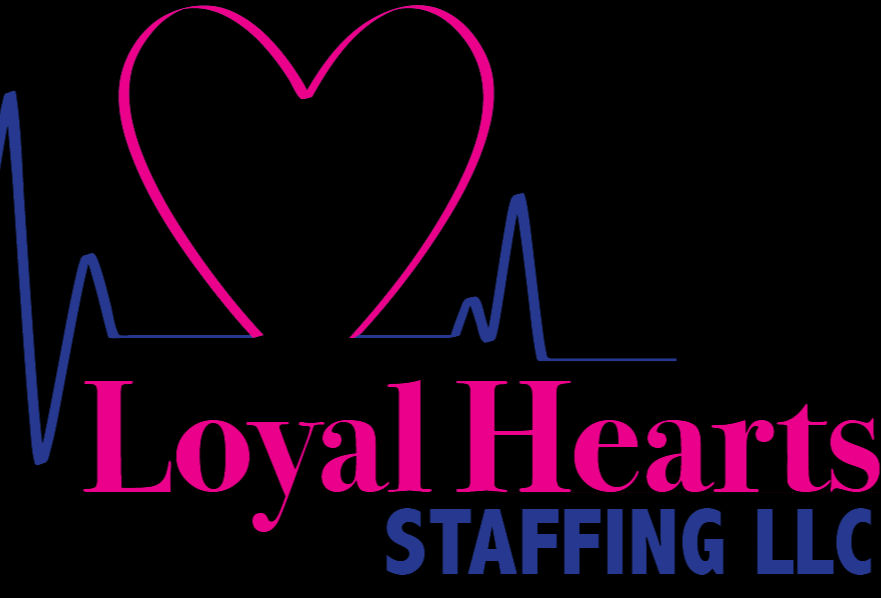Bowel incontinence care CIN (0410)
- April Swanson

- Nov 29, 2022
- 2 min read
Set of activities performed by the nurse aimed at stimulating bowel continence and maintaining the integrity of the perineal skin.
Objectives:
– Implement a health education program for the decrease of bowel inconti- nence. – Maintain the integrity of the skin. – Stimulate and promote self-care. – Raise patient and family awareness that incontinence is not a disease but a health problem.
Equipment:
– Bedpan or basin. – Towels.
– Material: – Hygienic pads. – Non-sterile gauze. – Swabs. – Diaper-braga. – Non-sterile gloves. – Dirty linen bag. – Sponge. – Neutral soap. – Soap and antiseptic solution. – Nursing records.
Procedure:
– Determine the physical or physiological cause of fecal incontinence. – Explain to the patient and family the etiology of the problem and the basis for nursing activities. – Determine the objectives of the bowel management program with the patient and family. – Instruct the patient and family to keep a defecation record. – Wash the perineal area with soap and water and dry thoroughly after each bowel movement. – Keep the bed and bed linen clean.
Carry out a bowel training program:
1. Instruct the patient about high-fiber foods and monitor their intake. 2. Ensure adequate fluid intake, 2 to 3 liters per day if there is no contraindication. 3. Ingestion of hot beverages, immediately before the usual time of defecation. 3. Dedicate a consistent, uninterrupted time (30-40 minutes) for defecation. Going to the toilet at regular intervals. 4. Have privacy. 5. Evaluate bowel status at regular intervals. 6. Teach the patient to bend forward at the level of the hips, to apply pressure on the abdomen with the hands, and to exert force (pressure) to defecate. Excessive straining should be avoided as it may cause hemorrhoids. – Monitor for adequate bowel movements. – Monitor diet and fluid intake. – Use rectal bag if necessary. – Apply diaper, if necessary. – Record in the nursing documentation the activities performed.








Comments